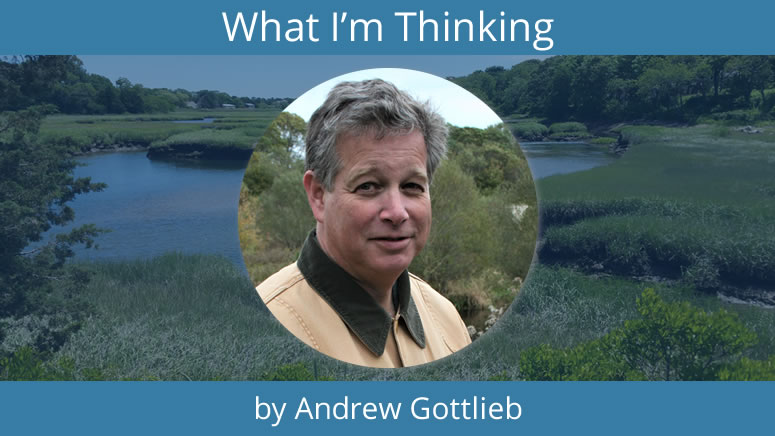It is hard to avoid, or ignore, the talk about high housing prices and the challenges that it creates for people looking for year-round housing. While the spotlight is important in raising awareness, it is also creating a great deal of pressure to add units to the housing stock and that has many implications to life on the Cape that go beyond the narrow boundaries of the debate as it has been framed. Simply adding more housing stock of the type that has characterized the last 40 years of development will not ease the upward pressure on housing prices and will exacerbate the water quality problems we are just beginning to address.
Times have changed to a degree, and this is not, or at least does not need to be, a housing versus environment fight. A lot has been learned from the bruising development battles of the past 40 years. There is widespread agreement that development ought to be steered away from remaining priority habitat areas, toward areas already disturbed and perhaps in need of a refreshing, and that existing and planned density requires municipal investment in wastewater infrastructure to reverse declines in water quality. Evidence of these learnings is embodied in a soon to be released project initiated by APCC and our friends at the Housing Assistance Corporation. The project seeks to change the discussion from fighting over preservation and development to highlighting where land protection is most necessary, where housing is most suitable, and where public investment in wastewater infrastructure can have the biggest return by supporting appropriate density while driving improved water quality. Our project will guide local decision making about where to invest in infrastructure, incentivize density, increase zoning protections, and acquire additional open space.
The Cape has not seen too little housing development, it has seen too much of the wrong kind of housing development. The historic emphasis on building single family detached housing, sprawled all over the landscape, has broken up critical habitat, degraded water quality, created an affordability crisis, and has overwhelmed our rural roadways. Seeking more of the same as the answer will give us more of the same problems. I believe deeply in the merits of our joint project with the Housing Assistance Corporation and see real value in achieving agreement on how to prioritize and focus pursuit of our respective, and sometimes common interests. That said, I remain concerned about the notion that we can somehow build our way out of this supply problem and still have a place that looks like Cape Cod.
The push to lessen controls on development, the explosion in the triumph of personal rights versus shared responsibility, and the overwhelming power of the free-market forces that, by the housing advocates own admission, moved existing housing stock into the short-term rental and second home category, threaten to perpetuate the current dynamics that created this problem in the first place. I have simply not heard a compelling response to how this nascent movement to supercharge the production of new housing will produce a future different than our past. The answer to that question must come from the development community and it has to be a different answer than the one we have been fed for the last 40 years.
Sitting around and worrying doesn’t change anything so here are some things to do, or at least think about, going forward. A lot of this is going to play out locally so focus your attention there. Understand what your local zoning allows. Zoning provides a window into the future. Eventually whatever your town zoning allows is what will be built. So, start there but realize that changing zoning is an imperfect tool. Having a robust municipal open space acquisition program is critical. Your town should have a list of open space acquisition targets and if it doesn’t, then demand one. Find out if your town has an open space committee and get on it if one exists and push to create one if there is none. Your town should be working with your local land trust to support and build off their efforts to protect open spaces. There should be a coordinated and mutually supportive relationship to ensure that Community Preservation Act funds are strategically and routinely used and leveraged to make your land protection aspirations a reality.
Most importantly, navigating these times requires your active engagement. Make sure your local elected officials understand that you want investment in open spaces to protect drinking water, ponds, embayments, habitat and the remaining rural nature of your town. As an environmental community we need to open our minds to creative ways to address the high price of housing while doing what we do best: continuing to ensure that this fragile peninsula remains a place that people find attractive enough to want to live here.


